Cronkhite-Canada Syndrome in Suriname: Challenges in Diagnosis and Management in a Low-Resource Setting
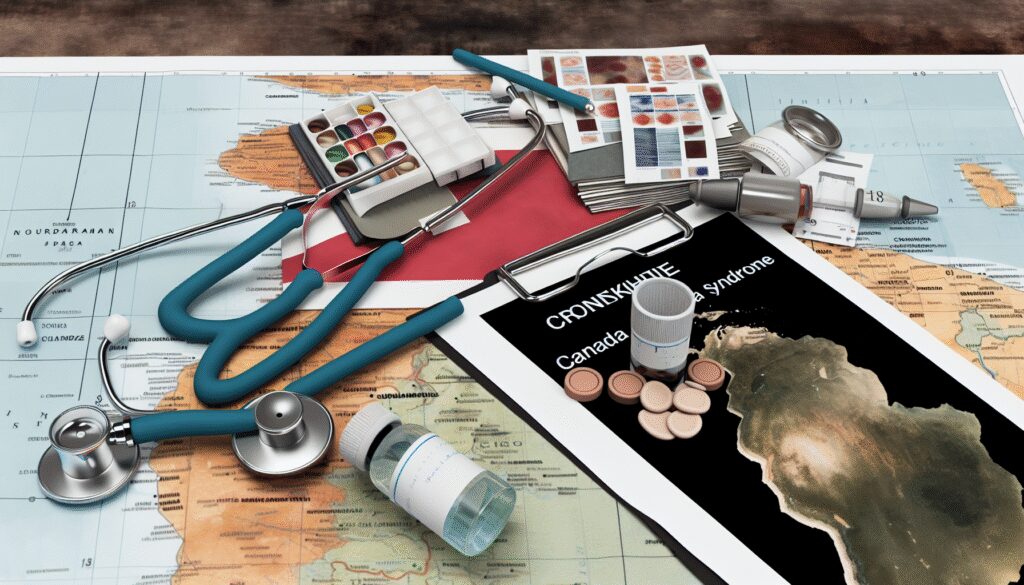
This article explores the challenges of diagnosing and managing Cronkhite-Canada Syndrome (CCS), a rare disorder involving gastrointestinal polyposis and ectodermal abnormalities, in Suriname, a low-resource setting. It highlights limited healthcare infrastructure, diagnostic delays, and treatment barriers, offering recommendations for improved awareness, capacity, and care in such environments.
Whipple Disease in Greenland: Challenges in Diagnosis and Management in Remote Arctic Communities

This article examines the challenges of diagnosing and managing Whipple Disease (WD), a rare systemic infection caused by *Tropheryma whipplei*, in Greenland’s remote Arctic communities. Geographic isolation, limited healthcare resources, and cultural barriers delay identification and treatment, necessitating tailored solutions like telemedicine and community education.
Guillain-Barré Syndrome in Greenland: Challenges and Insights from a Remote Arctic Population
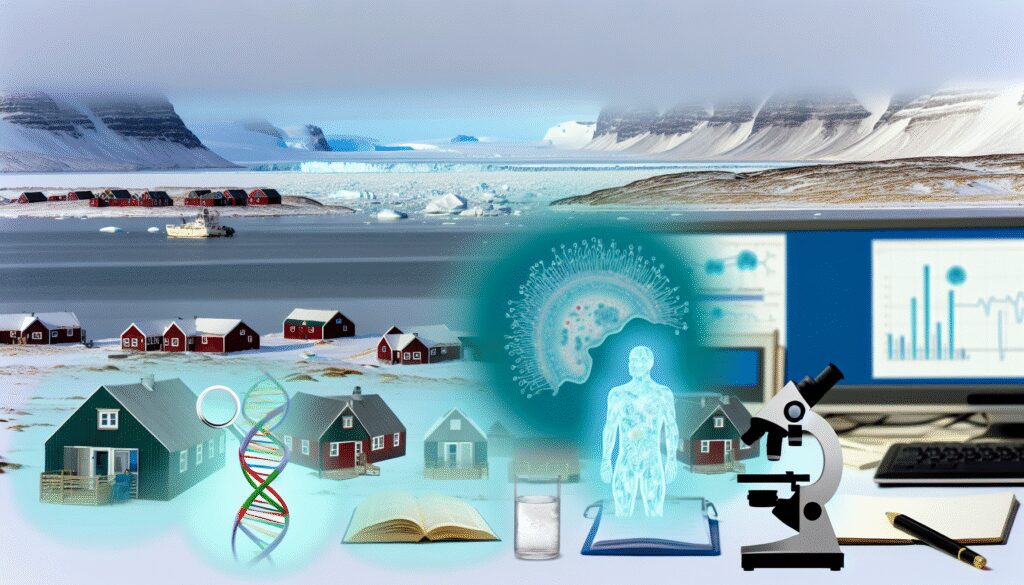
This article examines Guillain-Barré Syndrome (GBS) in Greenland, highlighting challenges in diagnosis and management due to geographic isolation, limited healthcare infrastructure, and cultural barriers. It explores GBS epidemiology, autoimmune etiology, infectious triggers, and rare vaccine links, proposing tailored healthcare improvements for Arctic regions.
Ochratoxicosis in Madagascar: Assessing Mycotoxin Exposure and Health Impacts in Rural Communities

This article examines ochratoxicosis, a health concern in rural Madagascar caused by ochratoxin A (OTA), a mycotoxin from fungi contaminating staple foods. It explores OTA exposure prevalence, health risks like nephrotoxicity and cancer, socioeconomic vulnerabilities, and recommends surveillance, better storage, education, and policy interventions to mitigate risks.
Takayasu Arteritis in Namibia: Challenges in Diagnosis and Management in a Resource-Limited Setting
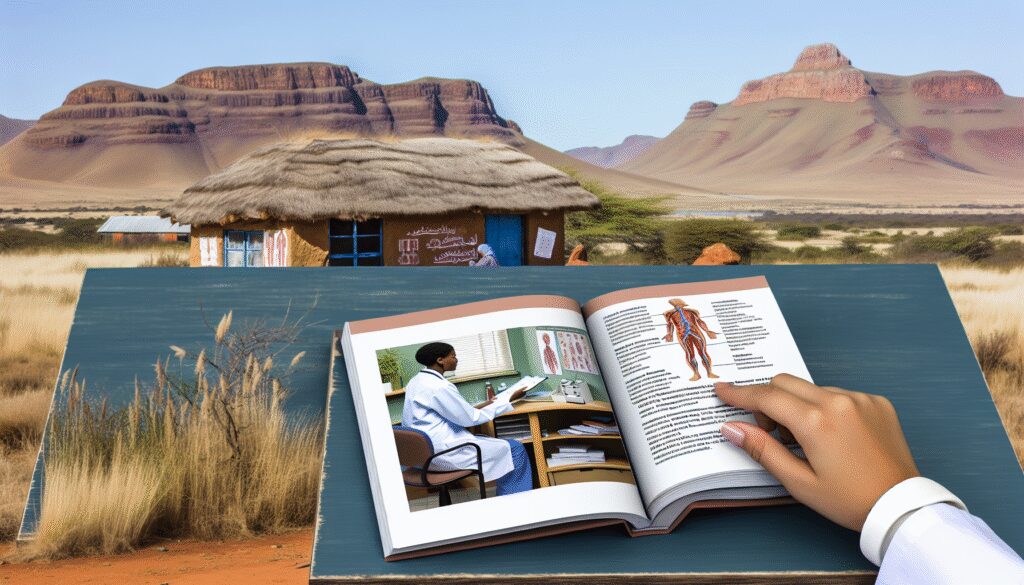
This article examines the challenges of diagnosing and managing Takayasu Arteritis (TA), a rare large-vessel vasculitis, in resource-limited Namibia. It highlights barriers like non-specific symptoms, limited diagnostic tools, and scarce treatment options, while proposing strategies to improve healthcare capacity and patient outcomes in such settings.
Unraveling Erdheim-Chester Disease in Greenland: Challenges and Insights from a Remote Arctic Population
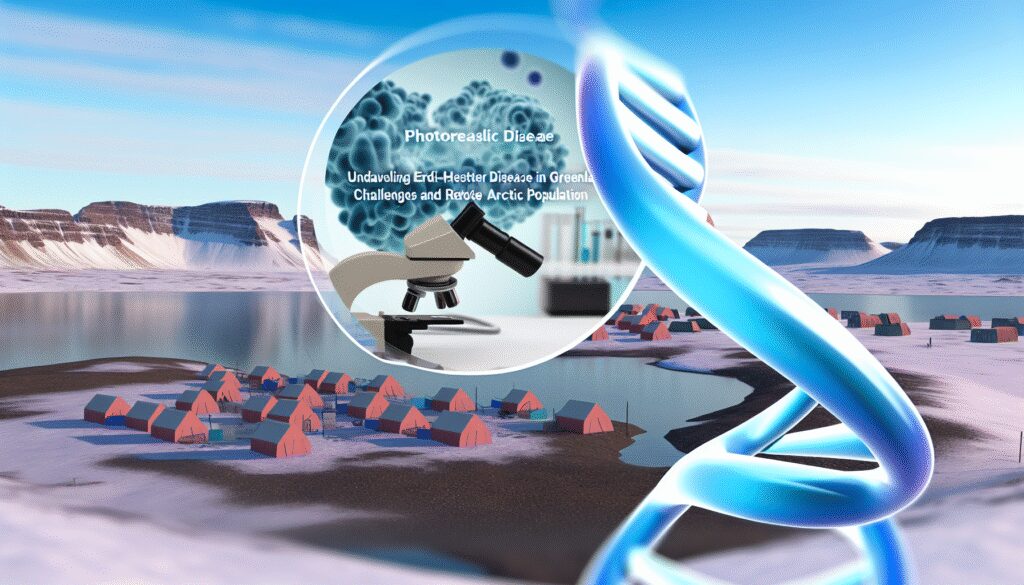
This article examines Erdheim-Chester Disease (ECD), a rare histiocytosis, in Greenland’s unique Arctic context. It highlights diagnostic and management challenges due to geographic isolation, limited healthcare access, and cultural barriers. Insights into genetic and environmental factors are discussed, with recommendations for improving care and fostering global research collaboration.
Erdheim-Chester Disease in Bhutan: Challenges and Opportunities in Diagnosis and Treatment in a Resource-Limited Setting

Erdheim-Chester Disease (ECD), a rare non-Langerhans cell histiocytosis, poses significant diagnostic and treatment challenges in resource-limited Bhutan. Limited healthcare infrastructure, scarce specialists, and high costs hinder management. This article advocates for awareness, international collaboration, telemedicine, and policy development to improve ECD patient outcomes in such settings.
Erdheim–Chester Disease in Burkina Faso: Challenges in Diagnosis and Treatment Access

This article examines the challenges of diagnosing and managing Erdheim-Chester Disease (ECD), a rare histiocytic disorder, in Burkina Faso. It highlights barriers like limited diagnostic tools, financial constraints, and scarce expertise, emphasizing the need for tailored protocols, infrastructure improvements, and international collaboration to enhance patient outcomes.
Erdheim-Chester Disease in Mozambique: Challenges in Diagnosis and Treatment Access
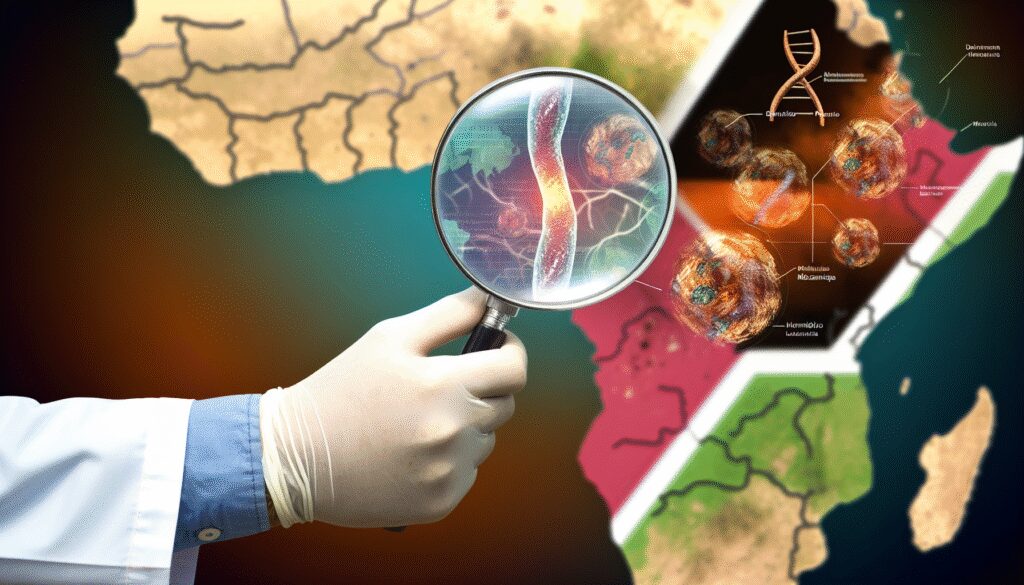
Erdheim-Chester Disease (ECD), a rare histiocytosis, poses significant challenges in Mozambique due to limited healthcare resources, lack of diagnostic tools, and restricted access to targeted therapies. This article examines barriers to diagnosis and treatment, systemic issues, and recommends international collaboration and local capacity building to address health inequities.
Whipple’s Disease in Greenland: Challenges in Diagnosis and Treatment in a Remote Arctic Region
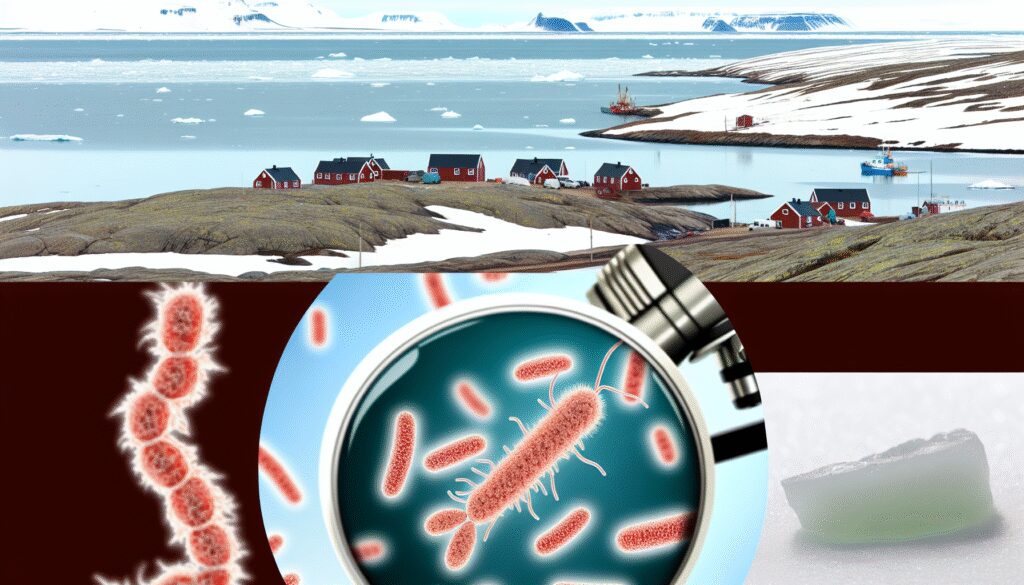
Whipple’s Disease, a rare infectious condition caused by *Tropheryma whipplei*, poses unique challenges in Greenland due to geographical isolation and limited healthcare resources. This article examines barriers to diagnosis and treatment, explores potential autoimmune links, and recommends strategies like telehealth and enhanced diagnostics for managing rare diseases in remote Arctic regions.
